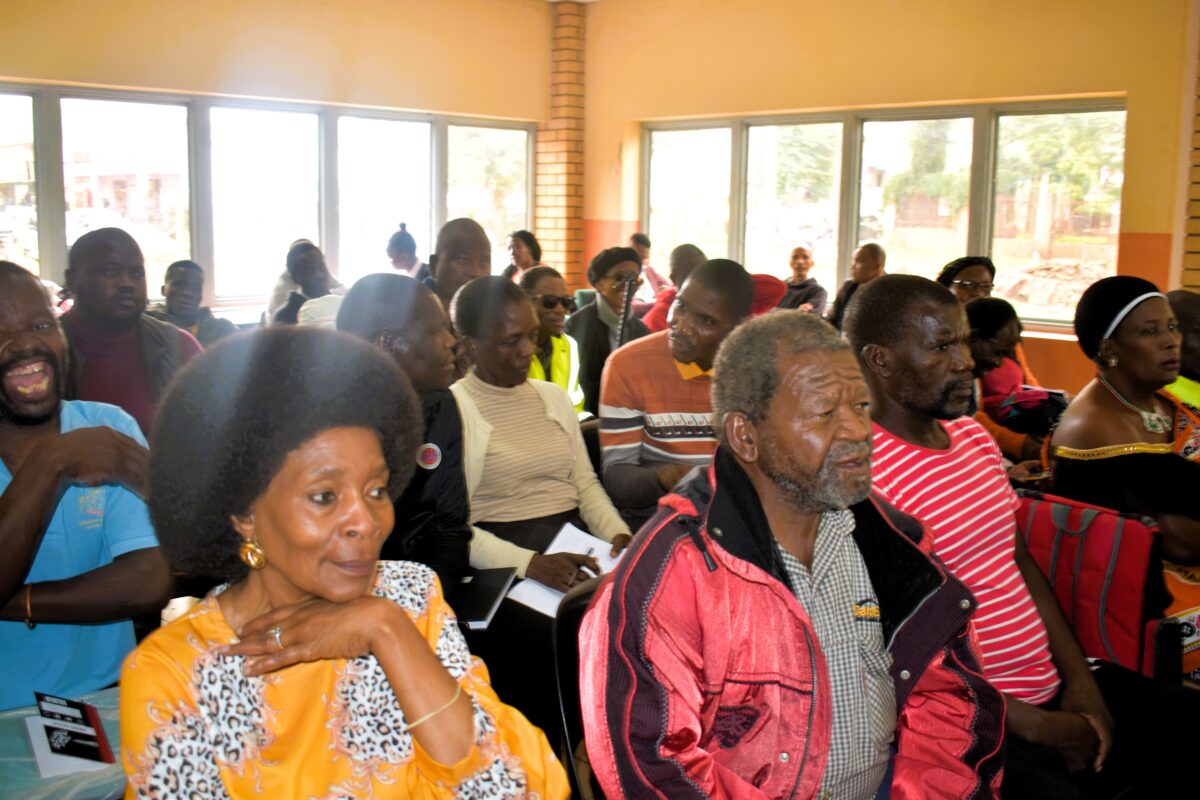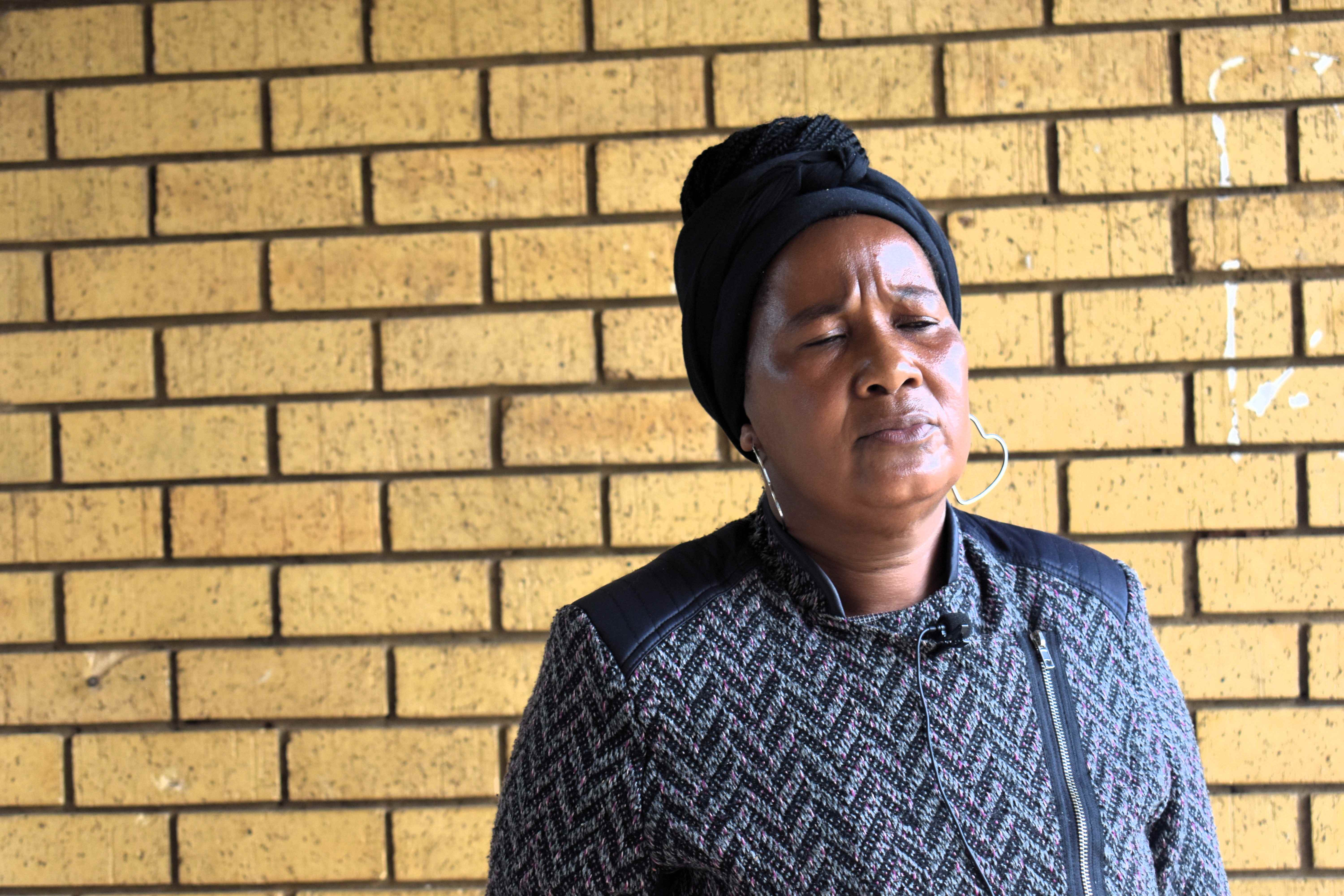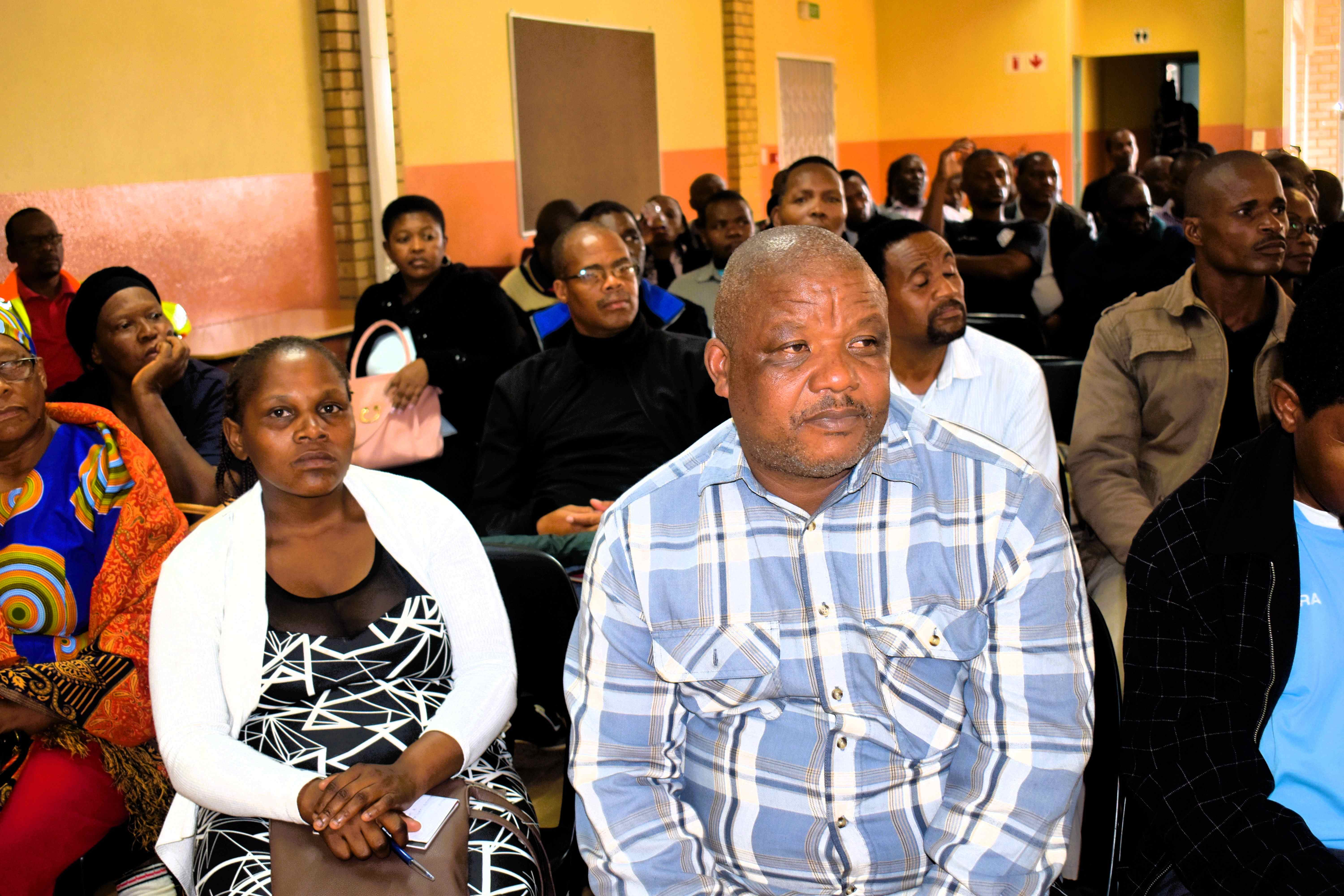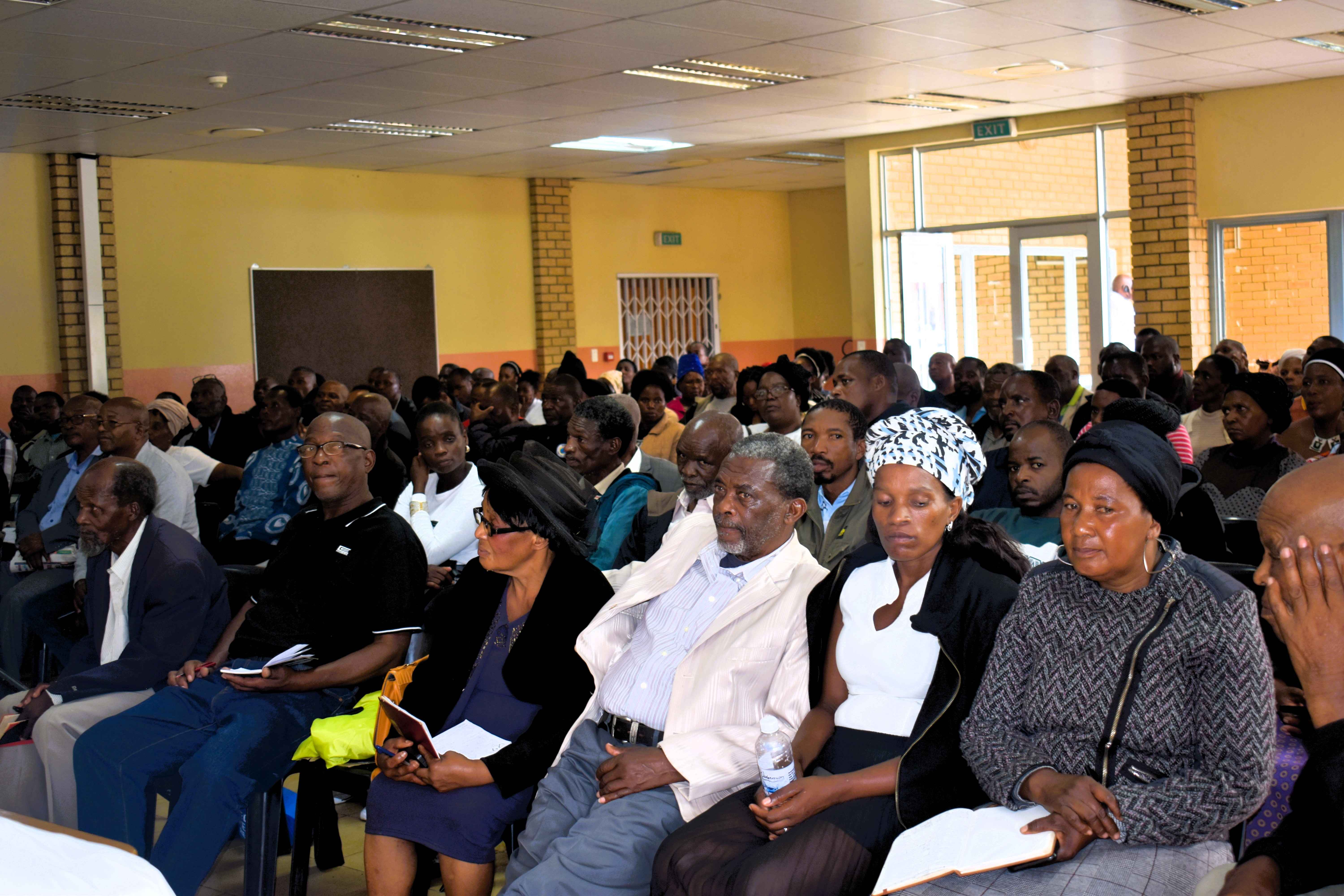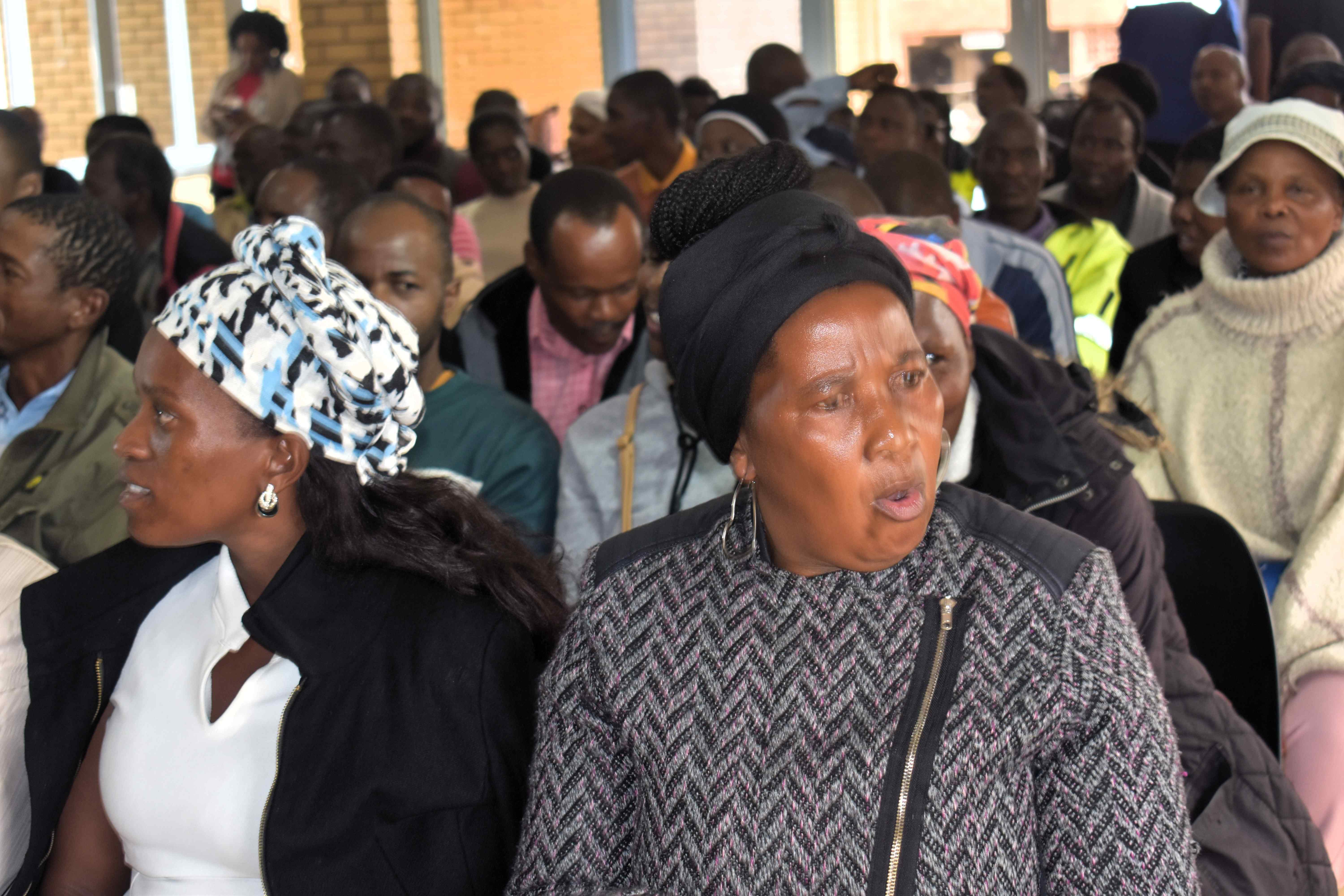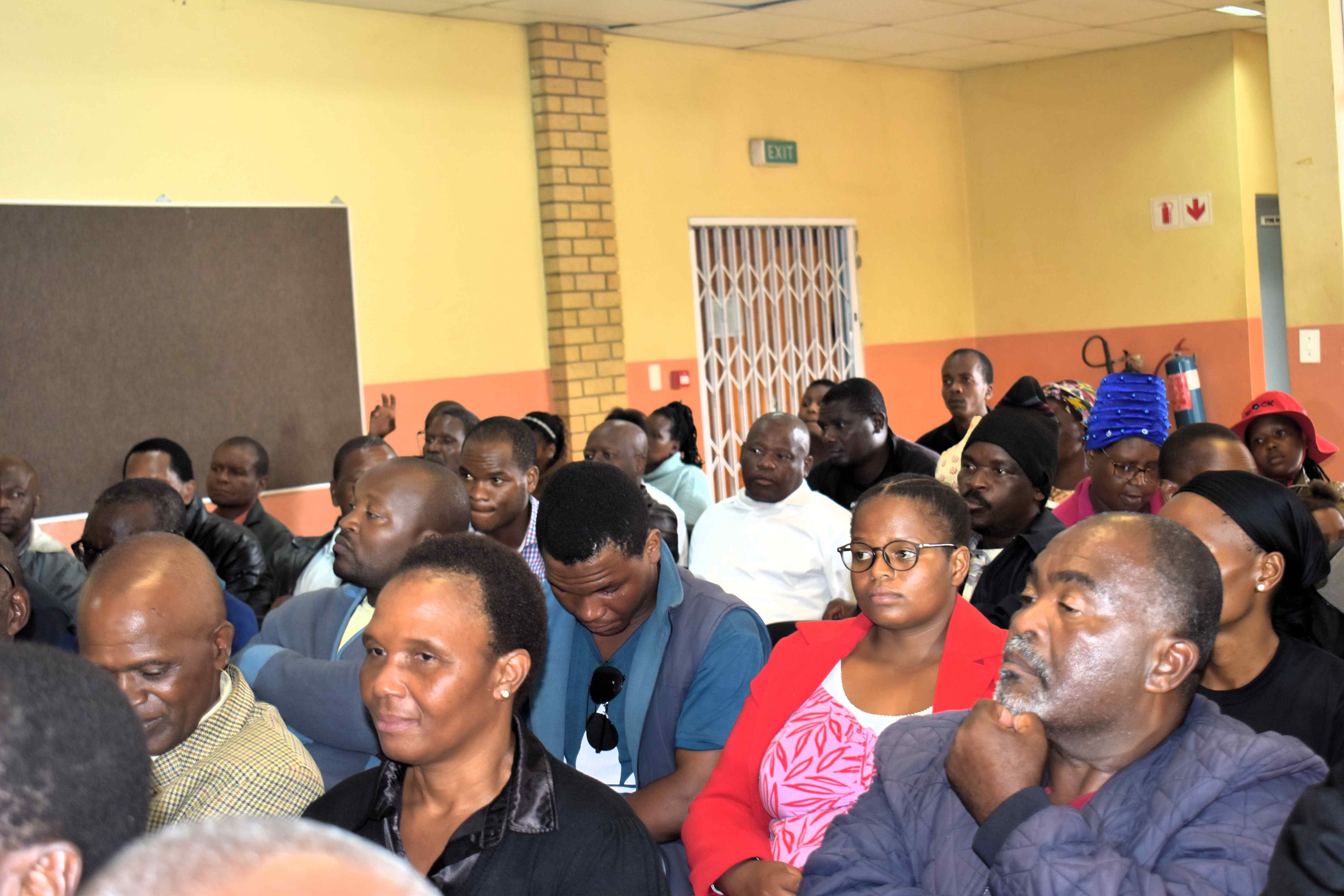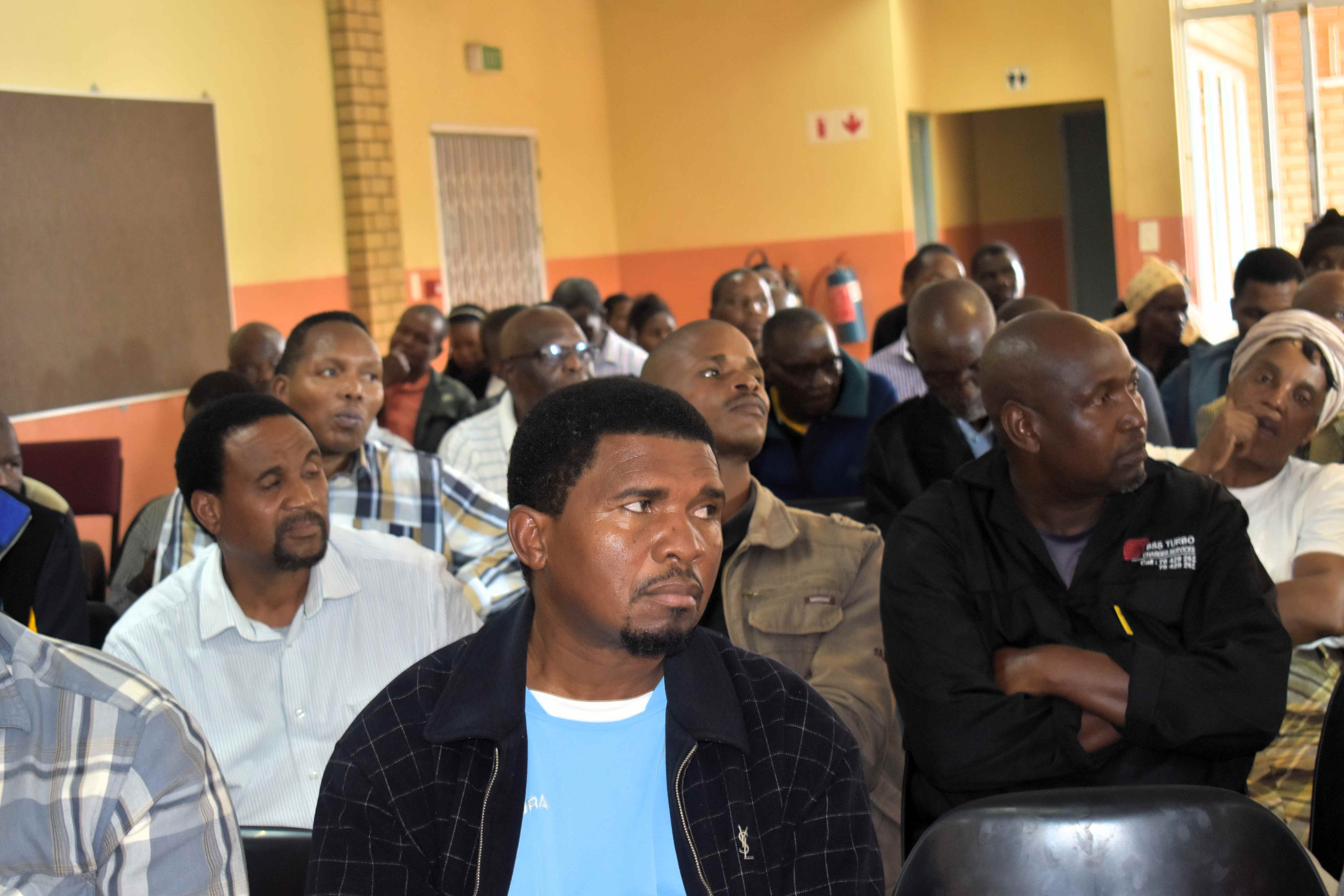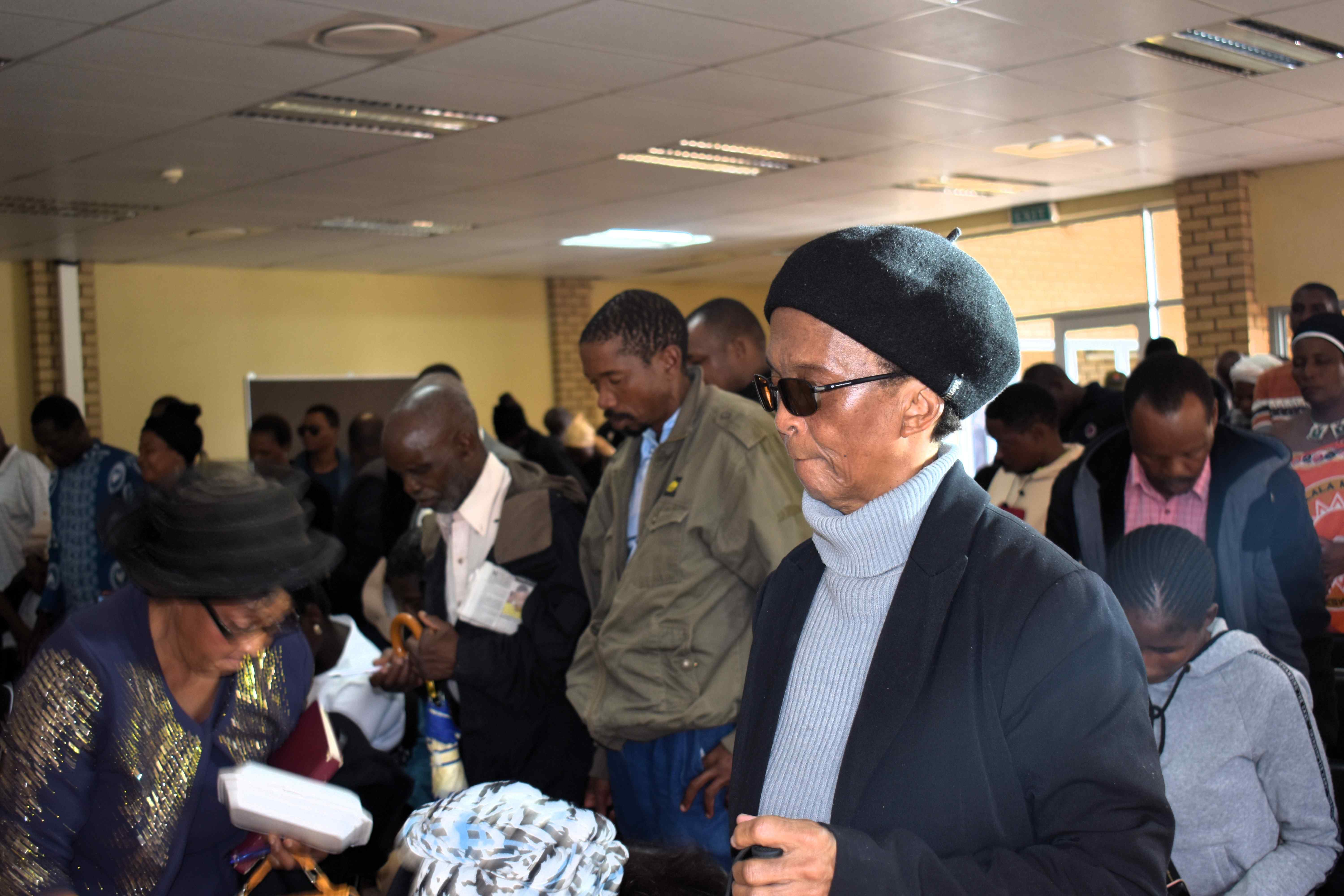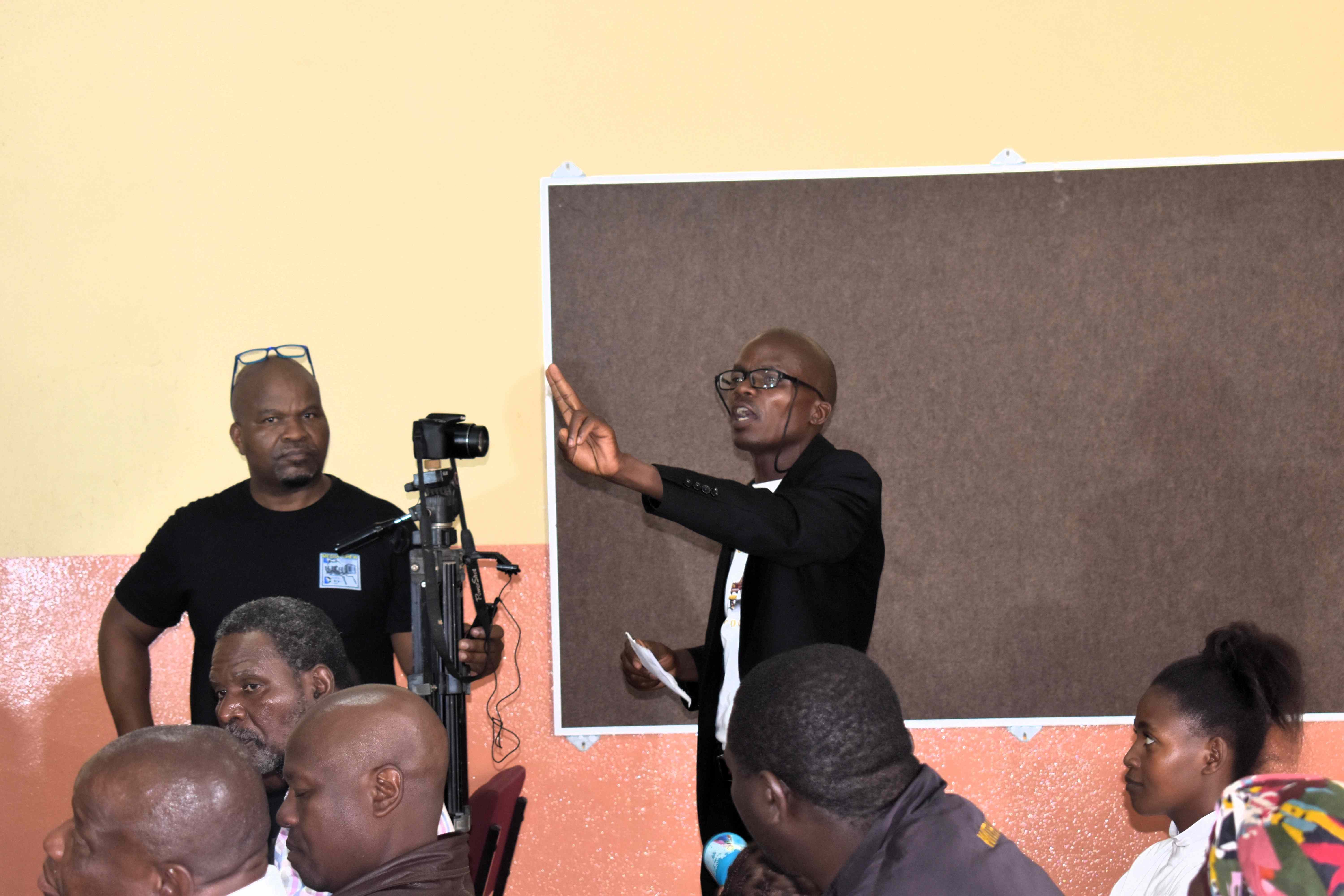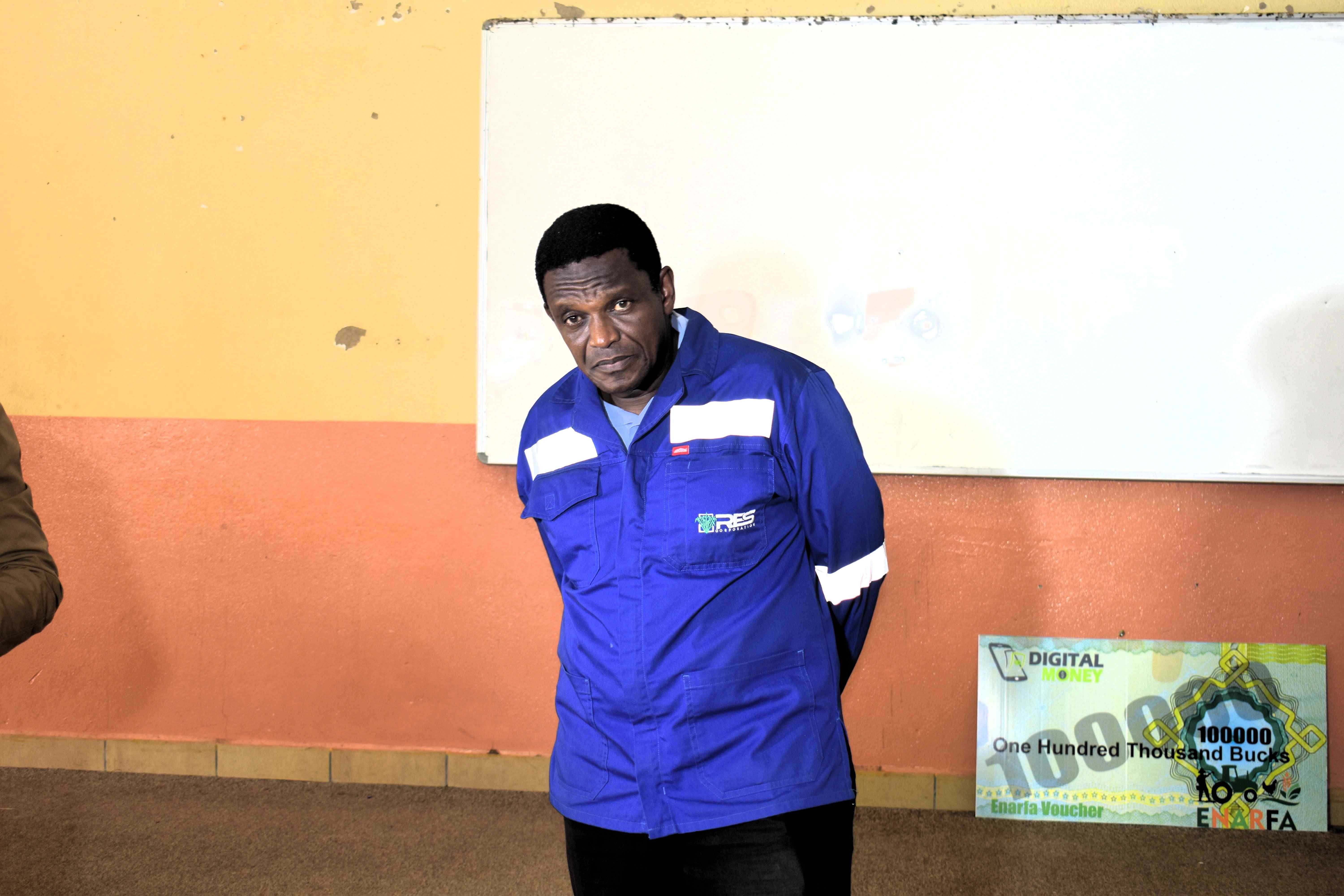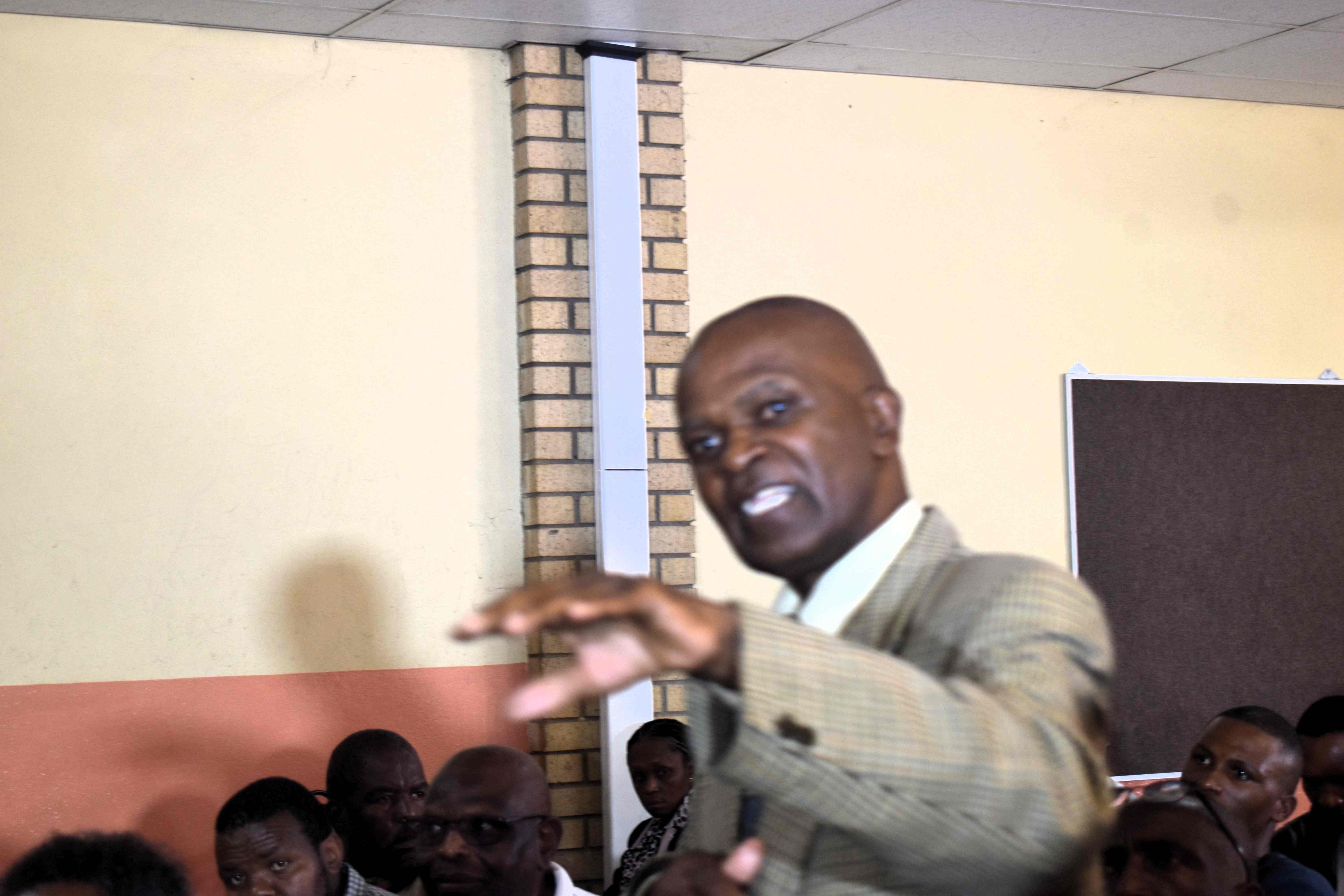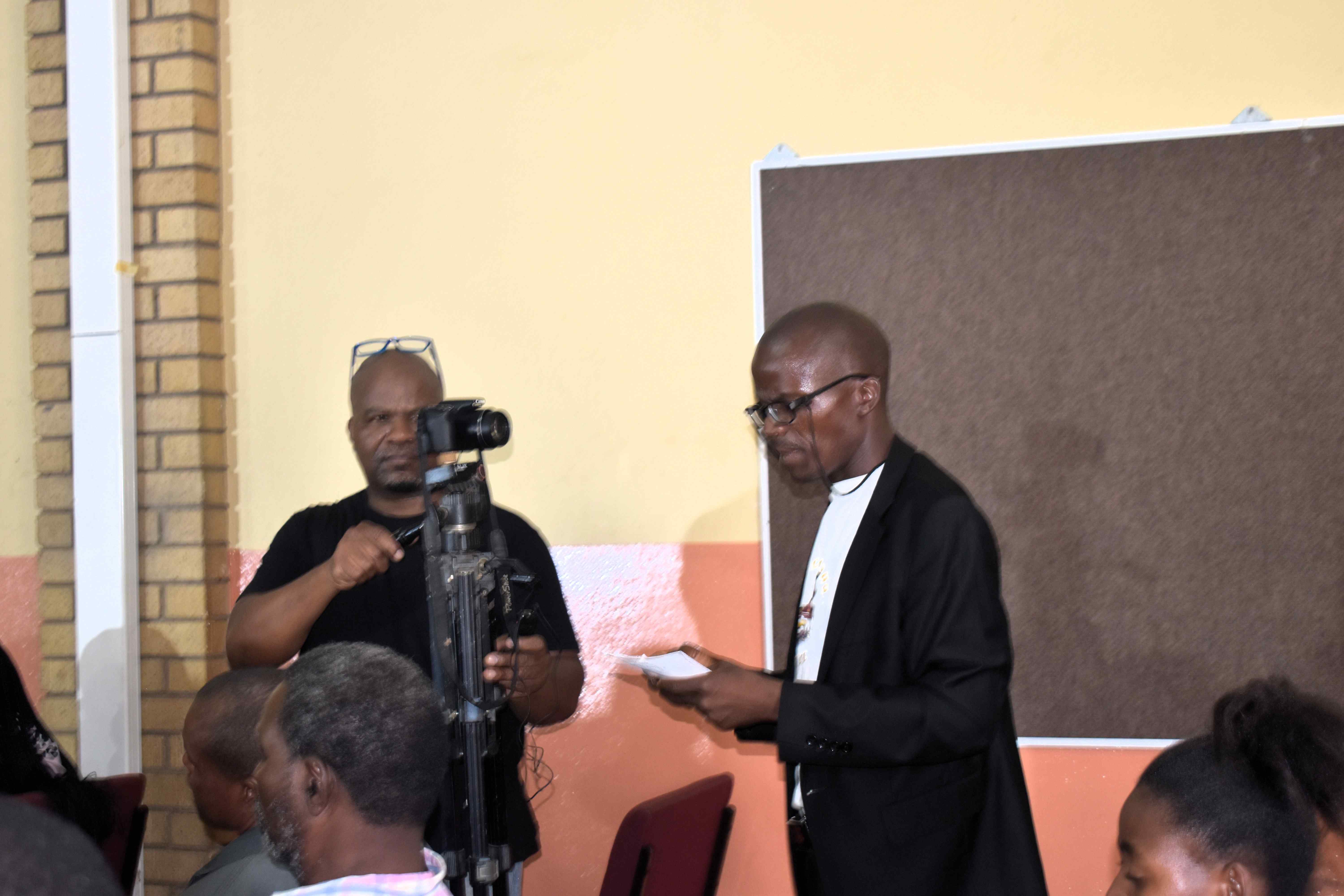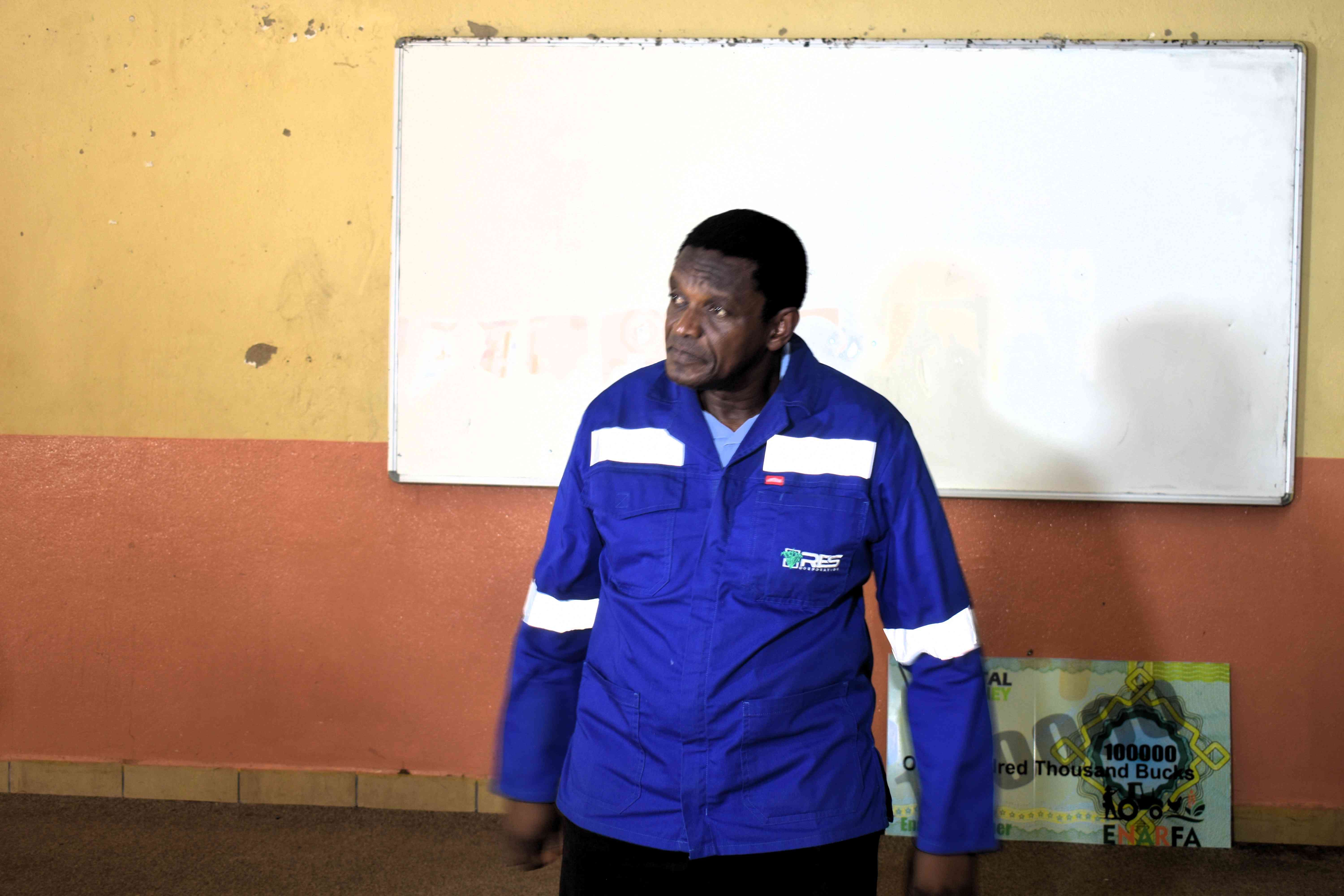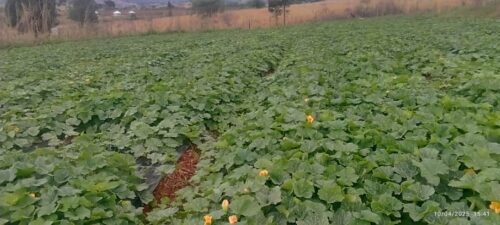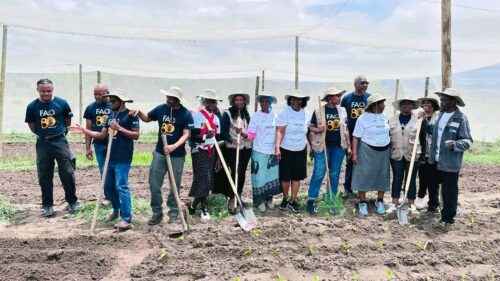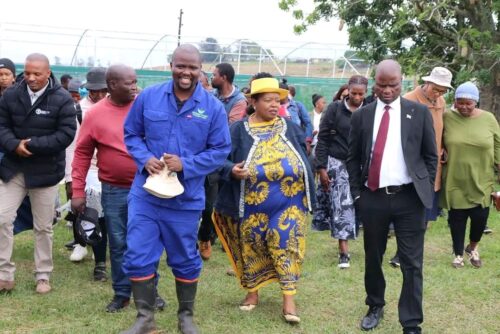Manzini – While the Government continues to amplify its narrative around support for smallholder farmers through various initiatives and financial instruments, farmers on the ground say the reality remains starkly different. This was made evident during a consultative meeting held by the Eswatini National Rural Farmers Association (ENRFA) on Friday, April 4, 2025, at the Manzini Library.
The meeting brought together rural farmers from across the country to engage with key financial institutions and share their frustrations—chief among them being the complex and exclusionary nature of funding application processes and limited access to lucrative markets.
Barriers to Funding Access
Rural farmers highlighted several barriers impeding their access to financial support, especially from institutions such as Eswatini Bank and the Eswatini Agriculture Development Fund (EADF):
- Cumbersome Requirements: Farmers must submit formal documentation, including business plans and chiefdom letters, which are often expensive and challenging to compile.
- Digital Divide: Limited access to internet services further complicates the application process, making it difficult for many to obtain up-to-date information on funding opportunities.
- Information Gaps: Poor dissemination of information in rural areas means many farmers are unaware of the resources or funding mechanisms available to them.
Nsindiso Mhlongo, a farmer from Luve, lamented the inability to secure funding for essential infrastructure like fencing. “The system doesn’t recognize how basic our needs are. They want city-level paperwork from rural people,” he said.
Exclusion from Commercial Value Chains
Beyond funding, the meeting shed light on how smallholder farmers continue to be excluded from the country’s commercial agricultural value chains. ENRFA Chairperson Boysen Magongo voiced concern over the discrepancy between policy rhetoric and actual access:
“It is not enough to have funding on paper—it must be accessible in reality. We need systems that understand and adapt to the realities of rural farming.”
This comes amid concerns over Eswatini’s heavy dependence on food imports, with NAMBoard estimating that over 70% of food consumed in the country is imported, at a value exceeding E2 billion annually.
Government’s Response and Vision
In contrast to these realities, the Minister of Agriculture, speaking at the 2024 Woman Farmer of the Year Competition, emphasized government efforts to close these gaps. In his speech, the Minister acknowledged the persistent barriers faced by women and youth in agriculture—particularly around land access, equipment, and finance.
He cited the launch of the Smallholder Agricultural Productivity Enhancement and Marketing Project (SAPEMP) as a step forward. Backed by the International Fund for Agricultural Development (IFAD) and the Green Climate Fund (GCF), SAPEMP injects E851 million to support vulnerable groups including women, youth, and people with disabilities. EWADE will serve as the implementing agency.
The Minister also highlighted efforts to reposition NAMBoard to better support local farmers:
“NAMBoard is being repurposed to ensure it develops effective markets for local produce… They are now expected to share responsibility with farmers even when the produce is deemed substandard, allowing farmers to at least break even and service loans.”
Further interventions include:
- Construction of a cold storage and distribution center at KMIII Airport to boost exports via air freight.
- Increased focus on agro-processing to reduce reliance on informal sales.
- Advocacy for Climate Smart Agriculture and technology adoption to attract the youth.
Bridging the Gap: Policy vs. Practice
While the government’s strategic vision is laudable, the ENRFA meeting underscores a critical gap between policy frameworks and the lived experience of rural farmers. Stakeholders, including representatives from EADF and the Eswatini Horticulture Association, encouraged farmers to form cooperatives and join associations to increase their eligibility for funding—an approach that, while helpful, may still exclude many without the resources to organize formally.
As the agriculture sector moves forward, there is a growing call for reforms that are more farmer-centric—tailored to the realities of rural Eswatini. Unless deliberate efforts are made to simplify processes, improve information flow, and create genuine inclusion in value chains, the promise of food security and economic empowerment for smallholder farmers will remain elusive.

